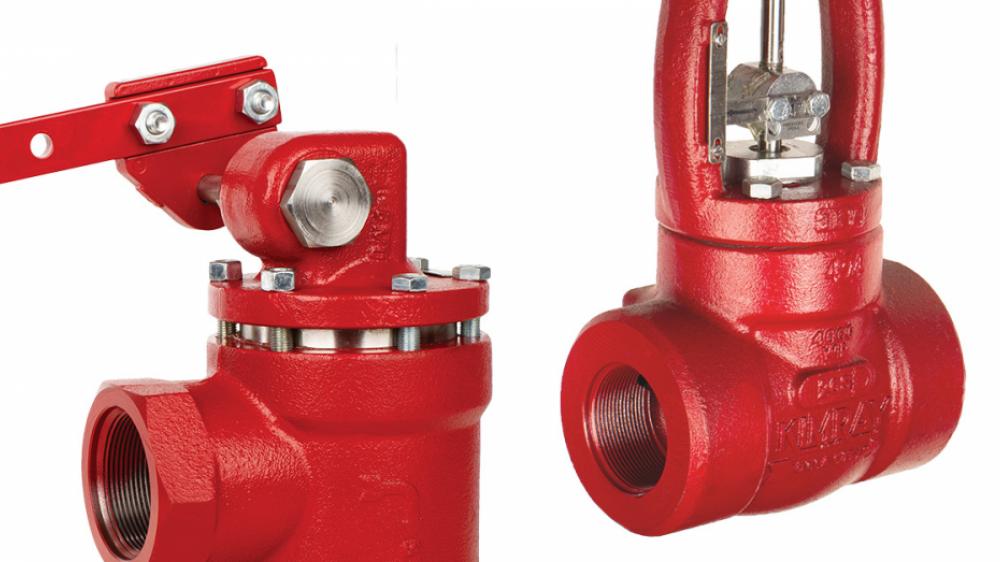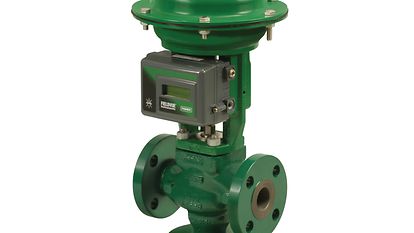Maximizing System Control with High-Performance Control Valves
Maximizing System Control with High-Performance Control Valves
Blog Article
Achieve Seamless Combination and Control With Top Quality Building Automation Controls
In the world of modern-day structure monitoring, the relevance of top quality structure automation controls can not be overemphasized. Embracing quality building automation controls is not just an issue of benefit yet a calculated necessary for organizations intending to enhance their centers' efficiency and sustainability.

Advancement of Structure Automation Controls
Throughout the past couple of decades, the evolution of constructing automation controls has actually considerably transformed the method structures are handled and run. Developing automation systems mainly concentrated on standard features such as managing air, ventilation, and heating conditioning (HVAC) systems. As technology progressed, these controls have become extra advanced, permitting for a bigger variety of building systems to be integrated and managed centrally.
The evolution of building automation controls has seen a shift towards more intelligent systems that can adapt to altering problems in real-time. This versatility is essential for maximizing power effectiveness and guaranteeing occupant convenience. In addition, modern structure automation controls now offer features such as predictive upkeep, remote surveillance, and information analytics, making it possible for facility managers to make data-driven choices to boost building efficiency.

Benefits of Quality Assimilation
The advancement in structure automation regulates in the direction of even more intelligent systems has emphasized the substantial advantages of top quality assimilation in enhancing structure operations and boosting overall performance. Quality assimilation of developing automation controls offers a number of essential advantages. It leads to improved power effectiveness by enabling different systems to function together flawlessly, guaranteeing optimal efficiency and minimizing power wastefulness. Secondly, high quality assimilation enhances resident comfort and efficiency by allowing individualized control over environmental settings like air, temperature, and illumination high quality. This modification can cause a more comfortable and favorable working or living atmosphere. In addition, high quality combination simplifies upkeep and repairing procedures, as all systems are interconnected and can be kept track of and controlled from a central interface. This central control additionally gives better exposure and insights right into structure efficiency, enabling positive upkeep and optimization approaches. On the whole, the benefits of high quality combination in structure automation controls are obvious, offering boosted efficiency, comfort, and operational performance.
Enhanced Customer Experience and Access
Enhancing user interaction with building automation manages with instinctive layout and improved availability boosts the overall experience for occupants and facility supervisors alike. By concentrating on customer experience, constructing automation systems can end up being much more user-friendly and reliable. Instinctive interfaces, clear navigation, and customizable settings equip users to connect with the controls conveniently and efficiently.
Access attributes play a crucial function in making sure that all people, consisting of those with impairments, can use the building automation regulates with ease. Including attributes such as voice commands, tactile switches, and color-contrasted screens can boost accessibility and make the controls extra comprehensive.
Additionally, enhanced customer experience brings about higher user satisfaction, raised efficiency, and far better decision-making. Owners can readjust ecological settings according to their choices, while center managers can effectively keep an eye on and handle building systems - control valves. Overall, focusing on customer experience and accessibility in building automation controls adds to an extra seamless and productive structure environment for all stakeholders entailed
Lasting Practices With Automation

Furthermore, automation can help with the assimilation of renewable energy resources such as solar panels or wind generators into building operations. By immediately adjusting power use based on the availability of renewable resource, structures can additionally decrease their reliance on non-renewable sources. This seamless integration of sustainable practices not just benefits the setting but also improves the overall functional efficiency and cost-effectiveness of the structure. Through automation, structures can align with contemporary sustainability goals and contribute to a greener future.
Future Trends in Building Control Systems
In anticipation of advancing technologies and progressing sustainability techniques, the trajectory of building control systems is poised to embrace transformative methods and ingenious solutions. One prominent trend forming the future of building control systems is the boosted integration of Artificial Knowledge (AI) and artificial intelligence. These modern technologies allow structures to adapt in real-time to changing conditions, enhancing energy consumption and boosting comfort for owners. Additionally, the Net of Things (IoT) is changing structure control systems by linking tools and sensors to improve and improve operations efficiency.
One more crucial trend is the emphasis on cybersecurity procedures to shield against possible hazards to building automation systems. As buildings become a lot more interconnected, guaranteeing robust cybersecurity methods will certainly browse around this web-site be vital to guard sensitive information and avoid unapproved accessibility.
Additionally, the change towards cloud-based platforms is obtaining energy, enabling systematized control and remote access to structure systems. This facilitates simpler tracking, maintenance, and updates, boosting the overall performance and flexibility of structure control systems. As technology remains to development, these trends are anticipated to shape the future landscape of building automation controls, driving development and sustainability in the built setting.
Conclusion
Future trends in structure control systems are likely to concentrate on additional boosting automation capabilities for improved energy effectiveness and general performance. It is important for structure owners and drivers to focus on the adoption of top quality building automation regulates to maximize building procedures click this link and accomplish long-lasting sustainability goals.
In the realm of modern-day structure management, the value of top quality structure automation controls can not be overstated. Overall, the development of building automation controls proceeds to drive advancement in the building monitoring sector, using brand-new possibilities for developing smarter and more lasting buildings.
The improvement in building automation regulates towards more intelligent systems has underscored the substantial benefits of quality assimilation in optimizing building operations and boosting general efficiency. On the whole, focusing on customer experience and availability in structure automation regulates adds to an extra effective and smooth building atmosphere for all stakeholders included.
It is essential sites for structure owners and operators to focus on the fostering of high quality building automation manages to maximize building operations and accomplish lasting sustainability goals. - control valves
Report this page